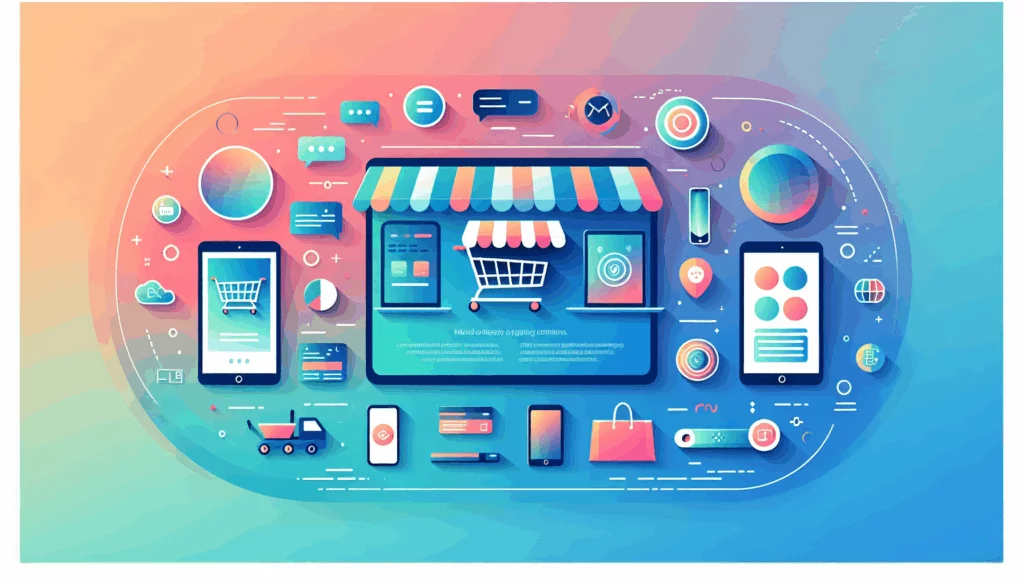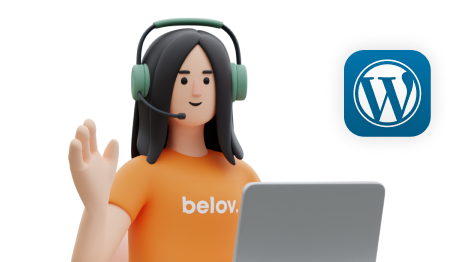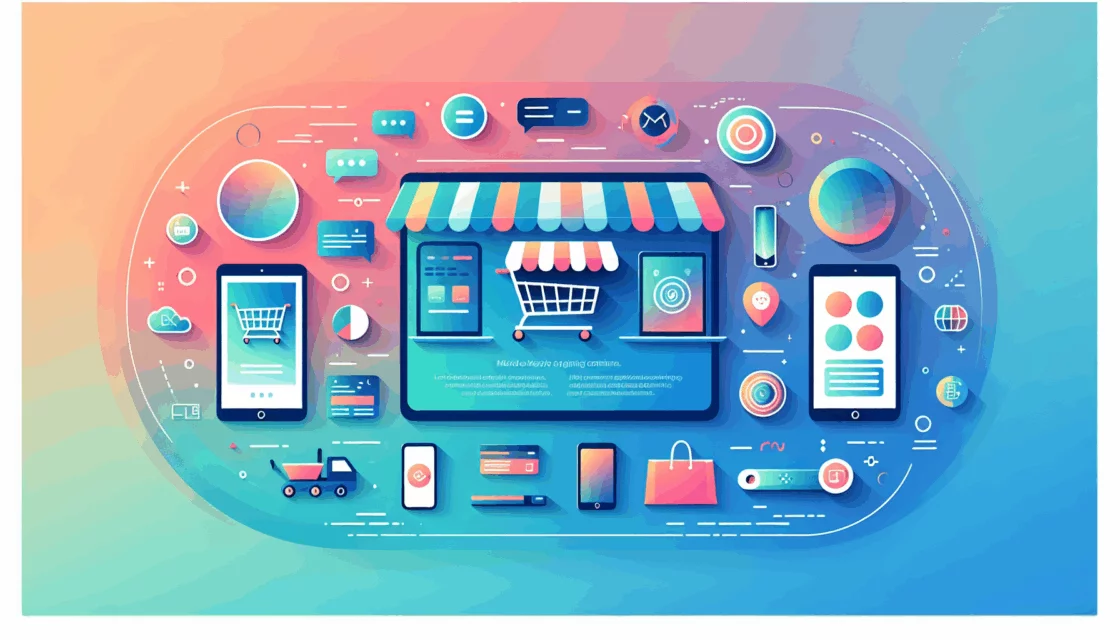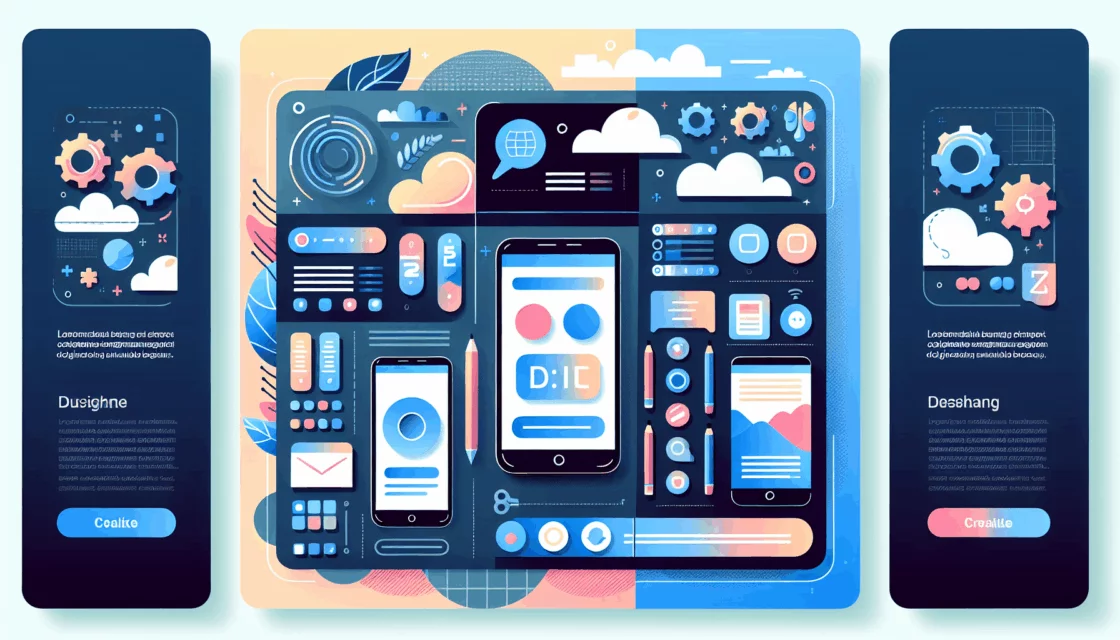
Creating dynamic and engaging web experiences is crucial for capturing user attention and enhancing interaction with your website. Webflow emerges as a powerful tool for crafting interactive web animations, making it easier for designers to bring their ideas to life without extensive coding knowledge. In this article, we’ll delve into the process of using Webflow for creating interactive web animations, covering the basics of interactions, practical examples, and how to integrate these animations into your website design.
Unlocking the Potential of Webflow Animations
Webflow offers a visually intuitive interface for designing and implementing animations, allowing users to create complex interactions and animations with ease. This includes parallax scrolling effects, mouse-based motion, and multi-step animations that can be triggered by various user interactions such as clicks, hovers, or scrolling.
Key Features of Webflow Animations
Some of the key features that make Webflow stand out for animation creation include:
- Rich, Timeline-Based Animations: Similar to using tools like PowerPoint or Keynote, Webflow allows you to set up animations on a timeline, which simplifies the process of creating complex, multi-step animations.
- Integration with After Effects and Lottie Animations: Users can easily import animations designed in After Effects and Lottie to enhance their web designs.
- Interactive Animations: These can be triggered by user actions such as mouse clicks, hovers, or other forms of interaction, making your website more dynamic and engaging.
Making Animations Interactive: A Step-by-Step Guide
Creating interactive animations in Webflow involves several steps that can be broken down into triggers, actions, and timing. Here’s a simplified guide to get you started:
Setting Up Trigger and Action
To create an interactive animation, follow these steps:
- Select the Element: Choose the element you want to animate, such as a button or image.
- Go to the Interactions Panel: In Webflow, navigate to the Interactions panel to define how your animation will be triggered.
- Choose a Trigger: Select a trigger that will initiate the animation, such as “Mouse Click” or “Mouse Hover”.
- Add an Action: Define the action that will occur upon triggering, like “Fade In,” “Scale,” or “Rotate”.
Adjusting Timing and Easing
For smooth animations, it’s crucial to adjust the timing and easing of your animation. This can be done by:
- Speed: Adjust how fast the animation will run.
- Easing: Choose how the animation will move over time, such as linear, ease-in, or ease-out, to create a more natural motion.
Real-World Examples and Case Studies
Interactive animations can significantly enhance user engagement and elevate the overall web experience. Here are a few examples of how Webflow animations can be applied in real-world scenarios:
- Dynamic Product Pages: Use animations to reveal product details as users scroll or hover over images, enhancing the shopping experience.
- Interactive Menus: Create menus that open or expand with animations triggered by user clicks or hovers, making navigation more engaging.
- Page Load Animations: Use animations to create a smooth transition as users load your website, setting the tone for a high-quality user experience.
Optimizing Your Website for Performance
While animations can enhance user engagement, it’s important to ensure that they don’t negatively impact your website’s performance. Here are a few tips to optimize your animations:
- Use Lightweight Animations: Opt for animations that don’t overload the browser, ensuring smooth performance across devices.
- Test Across Devices: Ensure that animations work well on different screen sizes and devices to maintain consistency.
- Host with a Reliable Provider: Choose a hosting service like Kinsta to ensure fast loading times and reliable performance.
Learning Webflow Interactions and Animations
For those interested in diving deeper into Webflow animations, there are numerous resources available. Webflow University offers a comprehensive course on interactions and animations, covering everything from basic triggers to advanced animation techniques. Additionally, platforms like Tuts+ provide tutorials and courses on web design and animation.
Conclusion and Next Steps
Webflow provides a powerful platform for creating interactive web animations that can significantly enhance user engagement and overall web experience. By mastering Webflow interactions and animations, you can create dynamic and immersive experiences that set your website apart.
If you’re interested in exploring more about web design and optimization, consider reaching out to Belov Digital Agency for expert guidance. Whether you need help with web development, design optimization, or hosting solutions, our team is here to support you every step of the way. Feel free to contact us for more information.
For further learning and resources on Webflow and web design, check out our other blog posts and tutorials that cover a wide range of topics related to web development and design. Explore how to turn static designs into dynamic web experiences with tools like Figma and Webflow, and optimize your website for better performance with Ahrefs for SEO analysis and Kinsta for reliable hosting.













